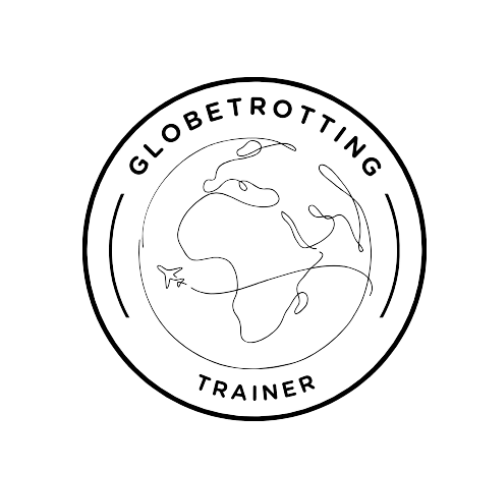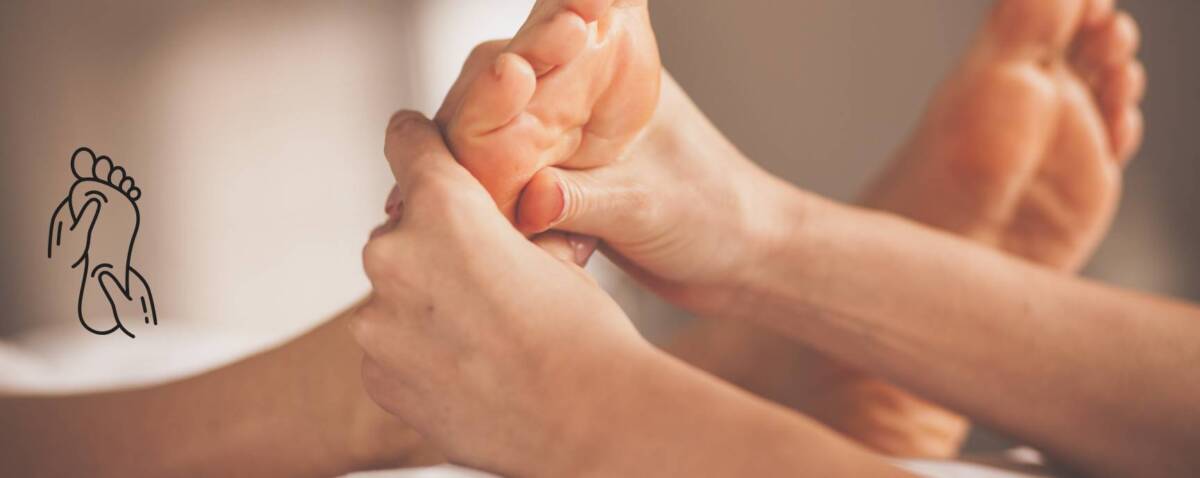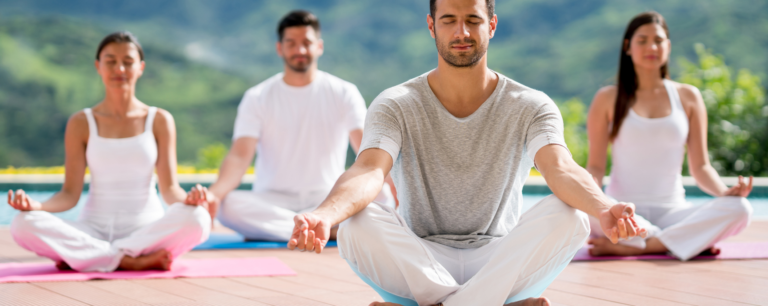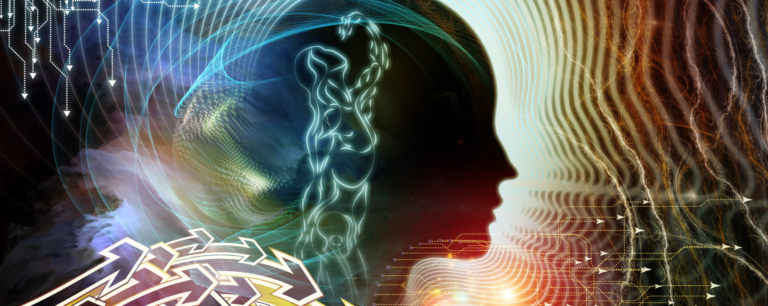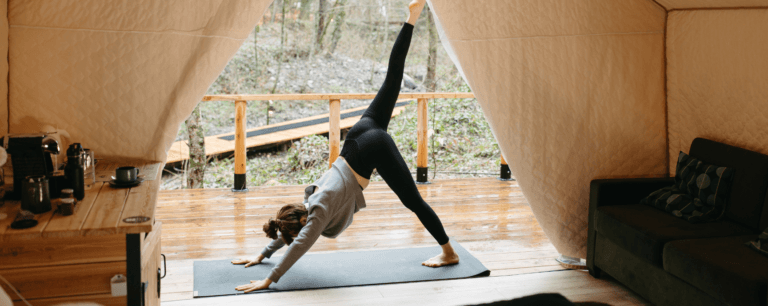The Basics Of Reflexology: A Beginner’s Guide
Reflexology – a touch-based therapy rooted in the belief that specific points on the feet, hands and ears are intricately connected to various organs and systems throughout the body. By applying pressure to these points, reflexologists aim to promote health and well-being by stimulating the body’s own healing processes.
This is about tapping into the body’s intricate network of nerves and energy channels. Reflexologists use detailed foot charts that map out the body’s corresponding areas, and with targeted pressure, they work to encourage balance and recovery.
It is important to recognize that while the concept of reflexology extends far back into history, its practices have been refined over centuries. Today’s reflexologists draw from a wealth of knowledge that’s been passed down and enhanced by scientific understanding.
Reflexology’s appeal lies not just in its historical significance, but also in its potential benefits. A lot is happening very quickly beneath the surface during a reflexology session, more than relaxation, it’s an opportunity for deep healing.
Ancient Chinese beliefs of reflexology believe in qi “chee”, or “vital energy.” In these this beliefs, qi flows through each person and when one feels stressed, their body blocks qi causing an imbalance in their body leading to illness. Reflexology aims to keep qi flowing throughout the body and that sense of touch sends energy flowing through a person’s body until it reaches the area in need of healing.
British scientists in the 1890’s found nerves connecting the skin and internal organs and that the body’s entire nervous system tends to adjust to outside factors, including touch. A reflexologist’s touch may help to calm the central nervous system, promoting relaxation and other benefits just like any form of massage.
Reflexology may not be a scientifically proven medical treatment for disease, but studies suggest it’s a helpful complementary treatment.
It is believed that reflexology may help to:
- reduce stress and anxiety
- reduce pain
- lift mood
- improve general well-being
People have also reported that reflexology helped them:
- boost their immunity
- get over colds and bacterial infections
- clear up sinus
- recover from back problems
- correct hormonal imbalances
- boost fertility
- improve digestion
- ease arthritis pain
- treat nerve problems and numbness
Generally speaking reflexology is very safe, even for ones with serious health conditions. It’s noninvasive and comfortable practise, so it may be worth trying if it is of interest to you, however if you are pregnant be sure to let your practitioner know as some pressure points may bring about contractions.
Lastly if you’re interested in reflexology, please look for a trained reflexologist who are registered with a certified organization.
Reflexology might just be the right fit if you’re looking for a non-invasive and natural approach to maintaining health.
